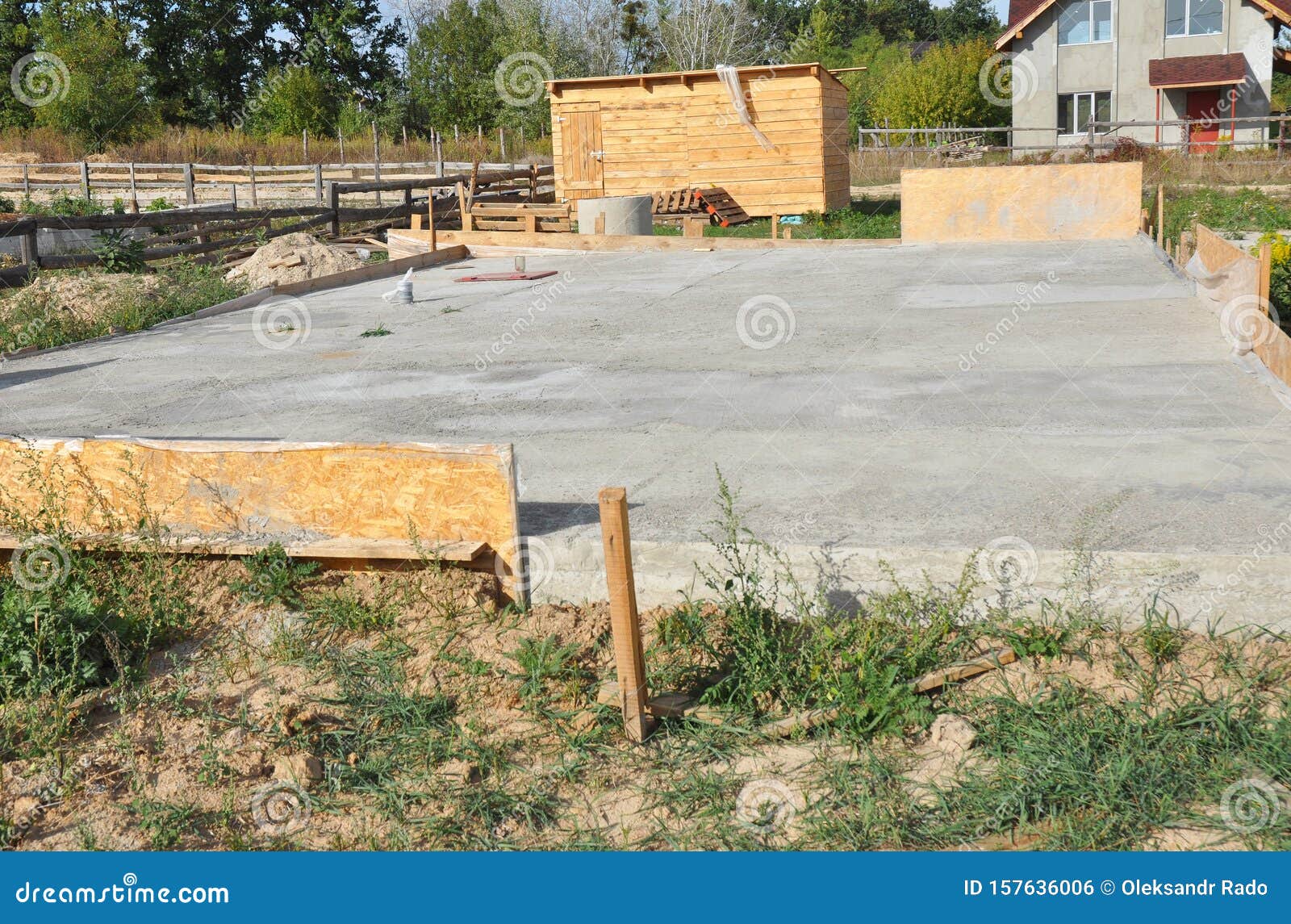
In clayareas, however, the ground around the sides of the foundations will still be prone to periodic expansion and contraction as the ground becomes saturated and then dries. If a standard trench foundation is deep enough, its base should be supported on firm ground unaffected by seasonal changes, while beam and block floors can happily bridge across the surface. On ground with poor bearing capacity, such as soft sandy clays, the simplest solution is to dig down a little further. Read more on avoiding → common plot problems Foundations Solutionsīuilding on difficult terrain normally involves one of the following solutions: Unstable ground: Worst of all, past excavation or mining activity may have made the ground highly unstable, with new foundations potentially subject to periodic, unpredictable subsidence. In some cases, however, the solution can be relatively simple such as specifying sulphur-resistant cement. Former industrial uses or dumps may also harbour potential risks with toxic chemicals or methane gas, so it’s advisable to consult local authority registers of contaminated land. Made up ground: Previously developed ‘brownfield’ land can contain all manner of horrors, such as old footings, drains and wells. However, surface groundwater rarely freezes at depths of more than half a metre.

Problems are exacerbated by trees and shrubs in close proximity, combined with periods of drought and heavy rainfall.įrost heave: Springy or boggy ground is indicative of a high water table where soil can expand when frozen. Volume change: Shrinkable clays suffer seasonal volume changes, although this rarely extends more than a metre below the surface. There are several reasons why ground can be prone to movement: (Image credit: Jeremy Phillips) ‘Bad Ground’ To make the most of this plot, a garage has been built into the slope beneath this contemporary house, with the main living accommodation over two storeys above. This involves excavating a narrow trench between the tree and the building about a metre deeper than the lowest roots (trenches are typically about 4m deep) into which large rigid plastic sheets about 4mm thick are inserted. Root barriers can be a useful method of protecting foundations. The foundation design needs to allow for this. For several years following the clearing of a site, clay soils can gradually expand, absorbing the moisture no longer taken by the trees. To determine foundation depths, you also need to consider the shrinkability of the subsoil and the water demand of the species, as well as noting the distance of trees from foundations.Ĭutting down trees can also cause problems. The problem is, notoriously thirsty species such as willows and poplars can cause ground instability in subsoils such as shrinkable clay.Īs a rough guide, it is recommended that buildings on conventional foundations should not be closer to single trees than the height of the tree at maturity, or one-and-a-half times for groups of trees the National House Building Council(NHBC) publishes tables showing ‘safe distances’. Retaining mature trees can add a lot to the ‘amenity value’ of a property, while helping to mollify planners and disgruntled neighbours. However, sloping sites can provide an opportunity for adding extra space by incorporating a basement as a cost-effective way to fill the void when building out above ground level. This will reduce the amount of excavation, although it can still add as much as 10 per cent to your overall build cost.
#House floating foundation series#
The compromise method is to fit the house to the slope with a series of steps creating a split-level layout. Both options are likely to add upwards of £5,000 to your groundwork costs. Alternatively you might decide to extend the building outwards with supporting walls constructed under the raised area. One option is to build into the hill, excavating to create a level base.

The biggest decision, however, is where to position the building.


 0 kommentar(er)
0 kommentar(er)
